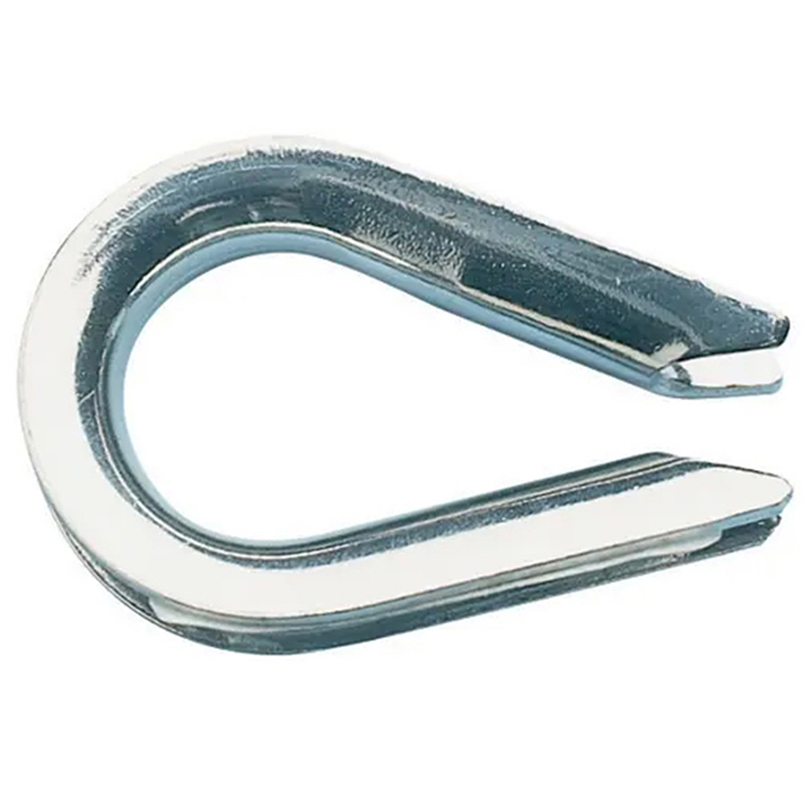With more and more companies wanting to achieve green production, solvent-based ink technology, despite its high quality and low cost, seems to have entered a bottleneck in development. So there is no future for solvent technology in the industry? Some people think that solvent inks will be eliminated by the market in the future; others believe that it is still a promising and promising technology.
Expert opinions vary
Square: Technological innovation will make solvent-based ink more environmentally friendly
Seiko Instruments
Patrick Ryan, general manager of Seiko Instruments USA, believes that there are three ways to make solvent-based printing more environmentally friendly: improvements in ink technology, ink cartridges, and air cleaning systems. He said: "We will continue to develop and improve the solvents used in inks to make them safer. Although this may affect the performance of the ink, such as its gloss, lightfastness, and color gamut, everything It will all develop in the right direction. Plastic cartridges are now being eliminated, and we are now using the ink bag system. This will prevent empty cartridges from being sent to landfills."
Fujifilm
Terry Mitchell, marketing manager for Fujifilm North America, also believes that technological innovation will make solvent technology more environmentally friendly. He said: "The increase in the proportion of renewable materials used and the reduction in VOCs will become the focus of solvent-based ink development, which will also reduce the environmental impact of solvent-based inks."
Anti-side: Other technologies are the best way to achieve green printing
Although Ryan and Mitchell both affirmed the innovation of solvent-based ink technology, some experts believe that other ink technologies are the best way to achieve green environmental protection.
Agfa
Larry Salomon, vice president of Agfa Graphics, believes UV curing and Latex water-based inks are the way out for green printing.
HP
Joan Perez Pericot, Hewlett-Packard's global marketing director, also believes there are better green printing solutions than solvent technologies. He said: “In the past year, we have seen more improvements in UV-curing and Latex inks than solvent-based inks. As the market gradually recovers from the recession, we will see customers’ environmental protection. The problem will become more focused."
EFI
RJ Sullivan, EFI's product manager, said that UV technology is a greener solution with a very broad development prospect.
Epson
Reed Hecht, Epson product manager, mentioned the technical advantages of UltraChrome GS inks: “This technology does not require the use of additional dryers and air purification systems and can reduce VOC emissions.â€
Muto
Randy Anderson, Muto’s product operations manager, also mentioned a new product – the company’s latest MP-21 ink, an eco-friendly solvent-based product specifically designed for the Muto VJ1608HSHybrid printer, which not only has a wider color Domain, and can be used with a variety of substrates.
Roland
Fernando Catania, Roland’s product manager, said: “Eco-solvent inks are just as good choices as eco-solvent inks. They are virtually tasteless, VOC-free and, most importantly, do not require a lot of heat for drying. What’s even more valuable is that This ink has a wide range of applications for high-quality printing on paper, fiber, PET and other non-PVC materials."
A wire rope clamp (sometimes called a clip) is used to secure the loose end of the loop back to the wire rope. It usually consists of a U-bolt, a forged saddle, and two nuts. Two layers of wire rope are placed on the U-bolts. Then slide the saddle over the rope and attach to the bolts (the saddle includes two holes for the U-bolts). Nuts hold the unit in place. The wire rope is usually terminated using two or more clips depending on the diameter. A 2" (50.8 mm) diameter rope may require as many as eight.
There is an old saying: "A dead horse is without a saddle". This means that when installing the clips, the saddle portion of the assembly should be placed on the load bearing or "live" side of the cable, not the non-load bearing or "live" side of the cable. The "no power" side. According to U.S. Navy Manual S9086-UU-STM-010 Chapter 613R3, Wire and Fiber Ropes and Slings, "This is to protect the live or pressure-bearing end of the rope from pinching and damage. The flat bearing housing and body (saddle-shaped ) extension claws are designed to protect the rope and remain on the live end at all times."[18]
The U.S. Navy and most regulatory agencies do not recommend using such clips as permanent terminals unless regularly inspected and retightened. Encyclopedia website: ewikizh.top

Wire Rope Clips,Wire Rope Clamp,Grips Clips And Clamps,Stainless Steel Wire Clips
Jiangsu Hongze Stainless Steel Wire Rope Co., Ltd , https://www.hzrope.com